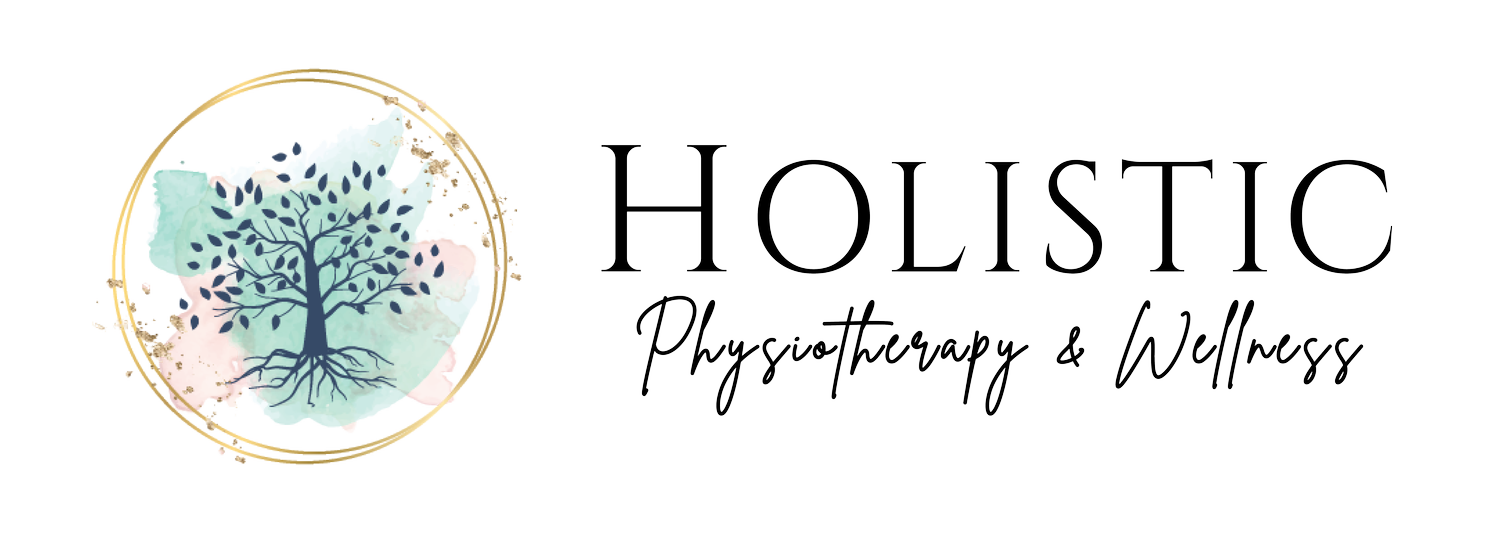The Iceberg Approach to Health & Wellness
Written by Madolyn Linka | March 12, 2020
Symptoms such as pain or discomfort are sometimes the final signs your body gives you when there is an issue, disease or chronic injury underway. When we sprain our ankle or bonk our head, pain is one of the first things our nervous system experiences, but it’s not always the case for some subtle and more quiet processes in regards to the spine, such as disc disease, joint degeneration and arthritis.
In these cases pain can oftentimes be the last straw or cry for help that your body gives you to help rectify the longstanding issue at hand. I often will hear from my patients, “all I did was put on my sock and now I can’t walk”, or “I just picked my baby up from their crib and my back gave out”.
Not to generalize, but there is sound research that tells us based on chronological and functional age, that women for the most part are more on top of their health than men. They live longer and have overall less chronic disease over their lifetimes. Whether it’s that they have typically stayed in the home more, had less physical stress, worked more in the home raising a family, women seem to be a bit more mindful of their bodies and when things don’t “feel right”.
In general, men tend to ignore signs and symptoms of discomfort, such as a less then desirable sensation in the chest, or a painful ankle until it stops them from doing what they do, or it all comes to a head and lands them straight on their backs, literally unable to move.
This is where I get to explain the ICEBERG APPROACH. This approach is a way of thinking about symptoms that are far beyond the surface, perhaps they are behaviours, patterns or habits you have had for years that can be potentially detrimental to your health and wellness as you age. Pain is a motivator. It causes us to act so that we bring our body and nervous system out of a pain response as soon as possible to save tissues and structures that are being damaged. For example, take a bulged or herniated disc in the lumbar spine, that belly donut-like filled disc that sits between each of the vertebra in the spine. That disc doesn’t just flatten or tear a hole in the perimeter overnight. It most likely has been under stress for weeks, months or even years before you bend over to tie your shoe and it herniates creating searing pain into the back and leg simultaneously.
This is all to say that the symptoms aren’t always the best indicators of what is going on with your health and wellness. It’s important not to dismiss other smaller, more undercover signs that could be pointing to early degeneration of joints, tissues, and organs. Don’t underestimate the body and it’s subtle cues to help guide you to take the very best care of it. One of the best ways to tune into your body is to move it regularly! Exercise and movement have a profound positive outcome for health and mobility but also are great ways to help us detect any issues we might be experiencing early on, since we have more heightened awareness of our physiology day to day.
In conclusion, we all tend to ignore feelings that are uncomfortable to deal with, whether it be in regards to our bodies, our minds or our relationships with others. What we can do to take action is to see our healthcare providers, such a the team at Holistic Physiotherapy and Wellness to see if there are any underlying signs that you’re not seeing, just like the underside of the iceberg.


